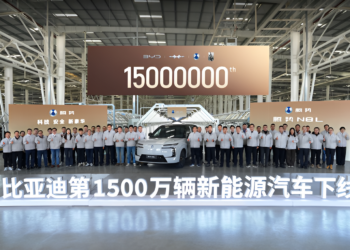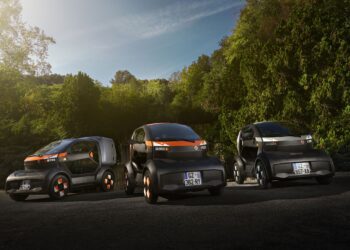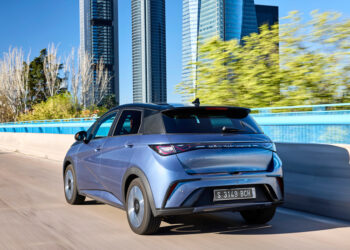Polestar announced that it has reduced the emissions of each electric model it produces by 24.7% since 2020, marking another step in the brand’s strategy to achieve carbon neutrality.
To achieve this result, the brand has strengthened its commitment to low-carbon aluminum across all models, along with improvements in battery production, the use of 100% renewable electricity in the production of all models, and greater logistical efficiency, with increased use of biofuels on certain shipping routes.
The results are part of Polestar’s fourth annual sustainability report, which began measuring the carbon footprint of its performance electric vehicle brand in 2020.
“Polestar has proven that it is possible to grow while simultaneously reducing climate impact. Simply put, we want to continue reducing emissions as we accelerate sales. At a time when everything in the world seems to be going in the wrong direction, we are reinforcing our commitments,” said Michael Lohscheller, CEO of Polestar.
It is worth noting that the reduction of the Swedish brand’s carbon footprint is part of the Polestar 0 project launched in 2021, aimed at creating a carbon-neutral car. The goal was to accelerate collaborations and joint research that would help Polestar achieve its objective of becoming carbon neutral by 2040. Currently, Polestar and its project partners announce that their initiatives have identified significant low-carbon solutions, demonstrating that it is possible to produce a Polestar 2 with a 10-ton reduction in carbon footprint compared to the beginning of the project.
The Swedish brand also revealed that the Polestar 0 project is now entering a new phase, with a new structure and focus on areas that will be developed at the Mission 0 House, a research center created by Polestar’s initiative and funded in collaboration with other entities.
Located in Gothenburg, this center brings together researchers from academia and engineers from the industry, who work side by side to eliminate greenhouse gas emissions in materials, products, and processes. One of the main objectives will be for the solutions developed at the Mission 0 House to potentially be commercialized in the future.










